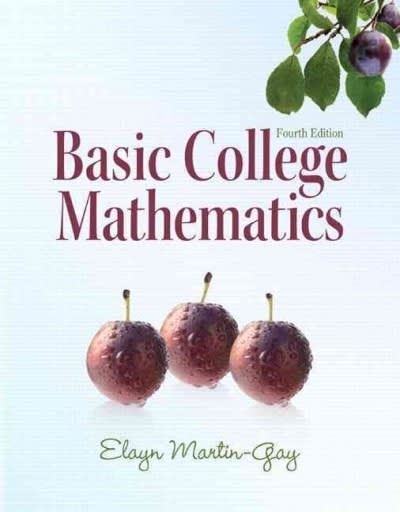Question
Universal Bank is a relatively young bank growing rapidly in terms of overall customer acquisition. The majority of these customers are liability customers (depositors) with
Universal Bank is a relatively young bank growing rapidly in terms of overall customer acquisition. The majority of these customers are liability customers (depositors) with varying sizes of relationships with the bank. The customer base of asset customers (borrowers) is quite small, and the bank is interested in expanding this base rapidly to bring in more loan business. In particular, it wants to explore ways of converting its liability customers to personal loan customers (while retaining them as depositors).
A campaign that the bank ran last year for liability customers showed a healthy conversion rate of over9% success. This has encouraged the retail marketing department to devise smarter campaigns with better target marketing. The goal is to use k -NNN to predict whether a new customer will accept a loan offer. This will serve as the basis for the design of a new campaign.
The dataset UniversalBank.csv below contains data on 5000 customers. The data include customer demographics information (age, income, etc.), the customer's relationship with the bank (mortgage, securities account, etc.), and the customer response to the last personal loan campaign (PersonalLoan). Among these 5000 customers, only 480 (= 9.6%) accepted the personal loan that was offered to them in the earlier campaign.
1) Partition the dataset into 60% training and 40% validation sets considering the information on the following customer:
Age = 40, Experience = 10, Income = 84, Family = 2, CCAvg = 2, Education_1 = 0, Education_2 = 1,Education_3 = 0, Mortgage = 0, Securities Account = 0, CD Account = 0, Online = 1, and Credit Card=1.
2) Perform a k-NN classification with all predictors except ID and ZIP code using k= 1.
Remember to transform categorical predictors with more than two categories into dummy variables first.
Specify the success class as 1 (loan acceptance), and use the default cutoff value of 0.5. How would this customer be classified?
3) what is a choice of k that balances between overfitting and ignoring the predictor information?
4) Show the confusion matrix for the validation data that results from using the best k. Then,
Consider the following customer:
Age = 40, Experience = 10, Income = 84, Family = 2, CCAvg = 2, Education_1 = 0, Education_2 = 1,Education_3 = 0, Mortgage = 0, Securities Account = 0, CD Account = 0, Online = 1 and Credit Card= 1.
Classify the above customer using the best k.
Repartition the data, this time into training, validation, and test sets (50% : 30% : 20%).
Apply the k-NN method with the chosen above.
Compare the confusion matrix of the test set with that of the training and validation sets.
Comment on the differences and their reason.
dataset- https://github.com/MyGitHub2120/Personal-Loan-Acceptance
Step by Step Solution
There are 3 Steps involved in it
Step: 1

Get Instant Access to Expert-Tailored Solutions
See step-by-step solutions with expert insights and AI powered tools for academic success
Step: 2

Step: 3

Ace Your Homework with AI
Get the answers you need in no time with our AI-driven, step-by-step assistance
Get Started


